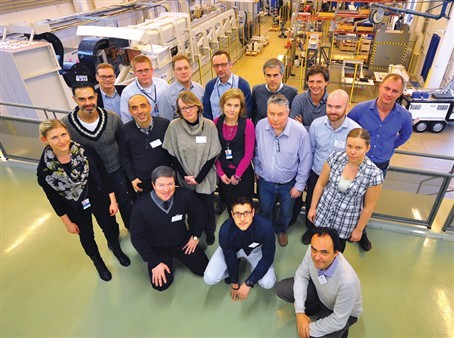Discover the ITER Divertor Remote Handling System


The biggest-ever fusion device will be bringing together a vast range of technologies defining to a great extent the design and operation of the future fusion reactors. Remote handling will be one of the technology fields that will generate a lot of enthusiasm and interest due its futuristic mix of tools such as high-tech robotics, high speed networks and virtual reality platforms. It’s all about the precision, dexterity and millimetric accuracy that these systems can offer in order to repair, maintain and inspect the bulky ITER components exposed to tritium. This kind of technology is widely used in underwater, ground operations or space exploration missions like the Mars rover, because it is impossible to be physically present where tasks need to be carried out. ITER will be joining the list of these impressive projects requiring the deployment of remote handling systems.
We travelled to Finland to visit the VTT Technical Research Centre in Tampere, where the ITER Divertor Test Platform (DTP2) is located. We spoke to Carlo Damiani, F4E’s Project Manager for Remote Handling Systems and Salvador Esque, F4E Technical Officer, in order to understand how Europe is contributing to this fascinating field. We also met with Riikka Virkunnen, VTT Head of Systems Engineering Research, and Jorma Järvenpää, VTT Senior Scientist and Project Manager, to hear how hosting this test platform has helped them to acquire new skills and widen their scope of activities.